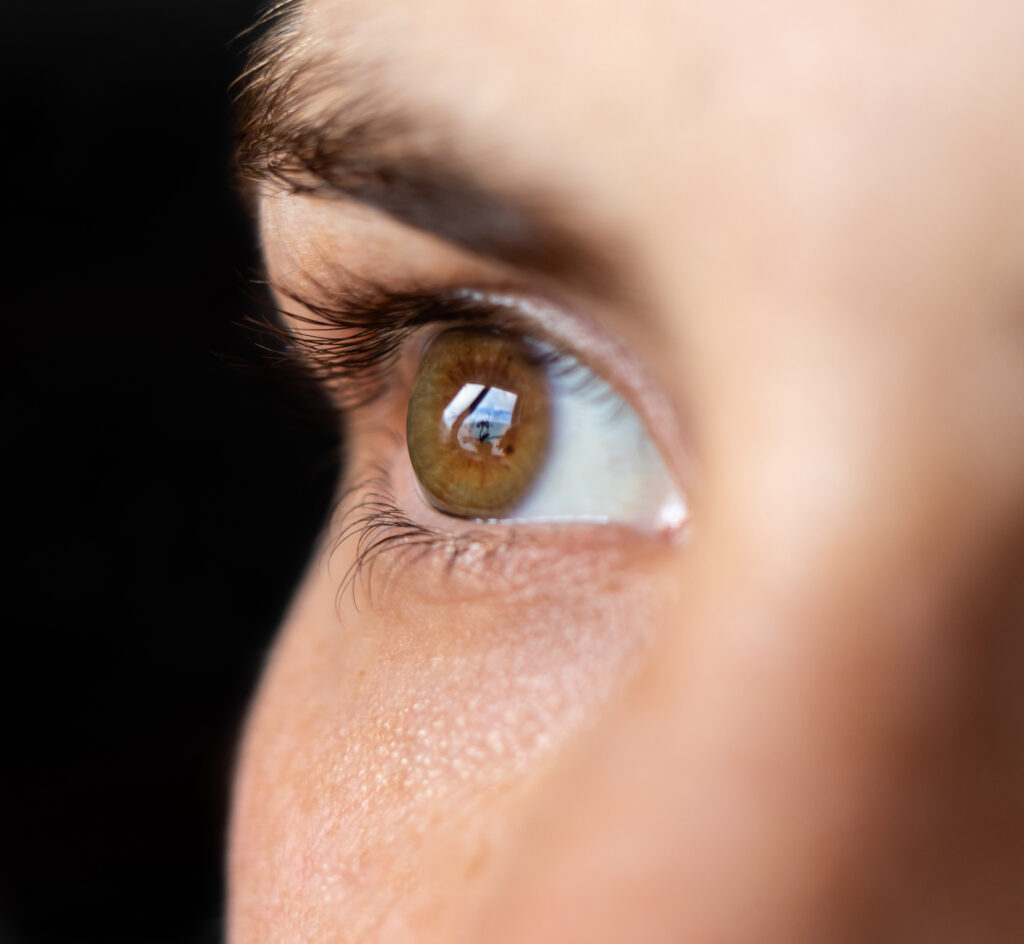Corneal Diseases & Transplants

Fuchs’ Corneal Dystrophy
Fuchs’ dystrophy is a disease that affects the cornea. Fuchs’ dystrophy causes the innermost layer of the cornea to undergo degenerative changes. This innermost layer of cells, called the endothelium, is responsible for keeping the cornea clear by pumping out excess fluid. As these endothelial cells die off, fluid begins to build up, causing corneal swelling and clouding. Fuchs’ dystrophy progressively worsens, eventually causing blindness and painful corneal blisters. Fuchs’ sufferers could also develop corneal scar tissue from these blisters, which may require surgery to remove.
Although Fuchs’ dystrophy is more common in men and women in their 50s and 60s, it can also develop earlier in adulthood. Fuchs’ dystrophy is a largely hereditary disease, meaning that if a parent has the disease, there is a 50 percent chance that their offspring will be diagnosed with Fuchs’ Dystrophy as well. However, it is important to note that some people who are diagnosed may not be able to find any hereditary link due to gene mutations.
Fuchs’ symptoms can vary, and will usually increase in severity over time. In the first stage of Fuchs’ corneal dystrophy, patients may notice light sensitivity, eye pain, and difficulty seeing at night. Other common symptoms include foggy vision and glare around light sources.
There is no known prevention for Fuchs’ dystrophy. Treatments work best when the disease is caught in its early stages. There are some types of eye drops that help slow the progression of Fuchs’ dystrophy. In later stages, a corneal transplant may be recommended. There are several different types of corneal transplants. Your doctor will decide which is best for your situation.
DMEK – Descemet’s Membrane Endothelial Keratoplasty
Descemet’s Membrane Endothelial Keratoplasty (DMEK) is a type of corneal transplant that removes the Descemet’s Membrane and the endothelium layers of the cornea. The layers are then replaced with a donor corneal endothelium and Descemet’s membrane. The graft tissue from the donor is just 10-15 microns thick.
DMEK is similar to DSAEK but offers a significantly shorter recovery time. Out of any keratoplasty procedure, DMEK has the shortest recovery time by far. Because there is less tissue being transplanted from the donor, there ends up being less risk associated with the rejection of the donor tissue. There is also less reliance on using long term steroids, which makes for a better overall experience for the patient.
PKP – Penetrating Keratoplasty
A penetrating keratoplasty (PKP) is a full-thickness corneal transplant. During surgery, a circular button-shaped, full-thickness piece of corneal tissue is removed and replaced with donor corneal tissue. This type of corneal transplant requires long recovery time and medications to stop rejection, but when successful, it significantly improves vision. Once fully healed, it is even possible in some cases to undergo LASIK surgery to improve vision even more!
DSEK – Descemet’s Stripping Endothelial Keratoplasty
Descemet’s Stripping Endothelial Keratoplasty (DSEK), is a type of corneal transplant that only replaces a small layer of the cornea, called the endothelium. This surgery is considered safer and more effective than PKP for many patients. The recovery time is also significantly shorter.
During this surgery, small incisions are made in the cornea. Through these small incisions, the thin layer of endothelial cells is removed and replaced with donor endothelial cells. The new endothelial cells adhere to the innermost layer of the cornea and can clear up the cornea within days.
If you have been diagnosed with Fuchs’ dystrophy and would like to explore your treatment options, visit our corneal eye doctors at Eye Associates of New Mexico. We have plenty of convenient locations. Call us today or schedule a consultation online!
